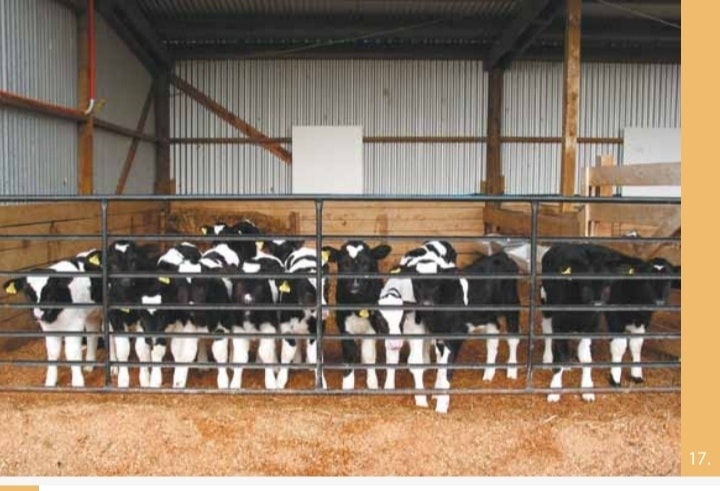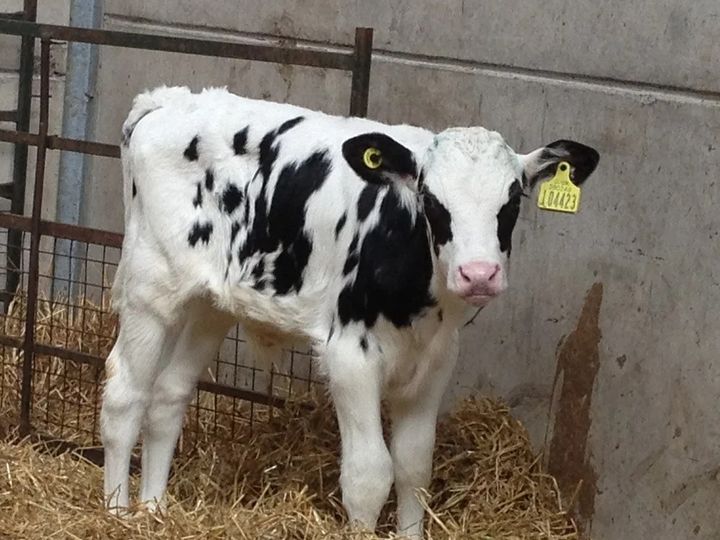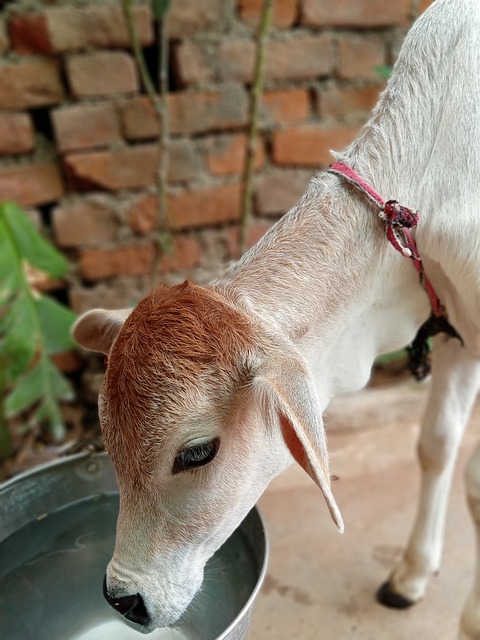Navel illness and joint illness, are two bacterial infections that commonly afflict young animals. These infections, which can spread through the bloodstream and settle in various parts of the body, often have severe consequences if not promptly treated. In this article, we will delve into the causes, symptoms, prevention strategies, and treatment options for navel and joint illness in young animals.
Causes and Pathways of Navel Illness Infection
Navel illness and joint illness typically originate from bacterial contamination, with the umbilical stump serving as a common entry point. Bacteria found in the environment, such as those present in soil, manure, and other organic matter, can easily infiltrate the moist tissue of the umbilical stump, leading to infection. Additionally, bacteria or their toxins may enter the bloodstream through alternative routes, such as the digestive tract, exacerbating the risk of infection.
Symptoms and Manifestations
The symptoms of navel and joint illness can vary in severity and presentation. Localized infections may result in inflammation and swelling around the navel area, often accompanied by pain and discomfort. In more severe cases, the infection can spread through the bloodstream, causing septicemia and affecting multiple organs. Joint ill, characterized by the settlement of infection in the joints, can lead to swelling, lameness, and, if left untreated, permanent crippling.
Prevention Strategies
Preventing navel and joint ill begins with ensuring sanitary conditions during and after birth to minimize bacterial contamination of the umbilical stump. Calves born in clean environments, such as grassy pastures, have a reduced risk of developing these infections compared to those born in areas contaminated by manure and other bodily fluids. Birth in a clean barn stall, bedded with fresh straw, further reduces the risk of bacterial exposure.
Immediate disinfection of the umbilical stump with a tincture of iodine is crucial in preventing navel ill. Dipping the navel stump several times during the first 24 hours of life helps ensure thorough disinfection and drying. It’s essential to immerse and saturate the stump completely, as simply swabbing the area may not eliminate all bacteria. Care should be taken to avoid spilling iodine on the calf, as it can cause skin or eye irritation.
In addition to navel care, ensuring the newborn calf receives adequate colostrum from its dam within the first hour of birth is vital. Colostrum contains maternal antibodies that can help protect the calf against infections, including those causing navel ill and septicemia. Calves born in a clean environment, whose umbilical cords are diligently disinfected, and who receive sufficient colostrum, are less likely to develop navel or joint ill.
Treatment Options
Prompt and appropriate treatment is essential for animals affected by navel or joint ill. Antibiotics may be administered to combat bacterial infection, while supportive care, such as fluid therapy and pain management, helps alleviate symptoms and improve the animal’s condition. In severe cases, surgical intervention may be necessary to drain abscesses or address joint damage.
Conclusion
With proper preventive measures and prompt treatment, the incidence of these infections can be reduced. By maintaining sanitary conditions during birth, disinfecting the umbilical stump, ensuring adequate colostrum intake, and promptly addressing any signs of infection, we can protect the health and well-be





